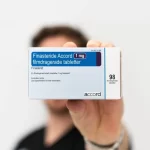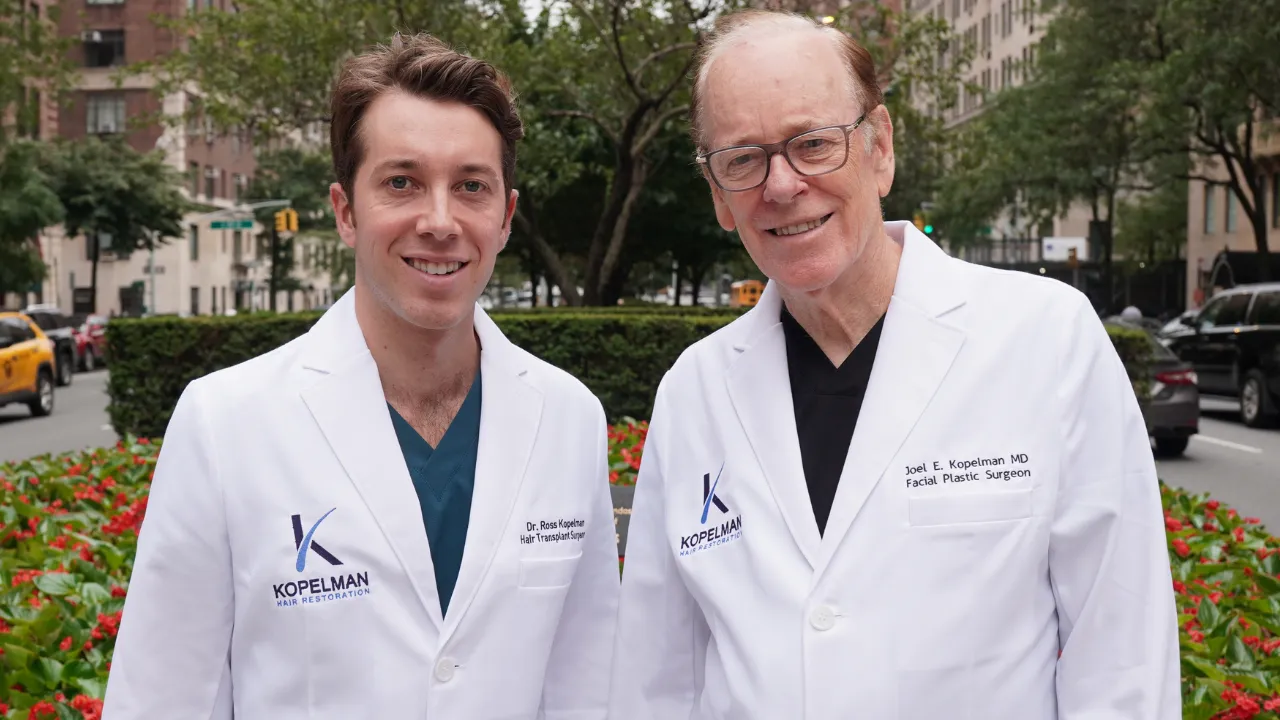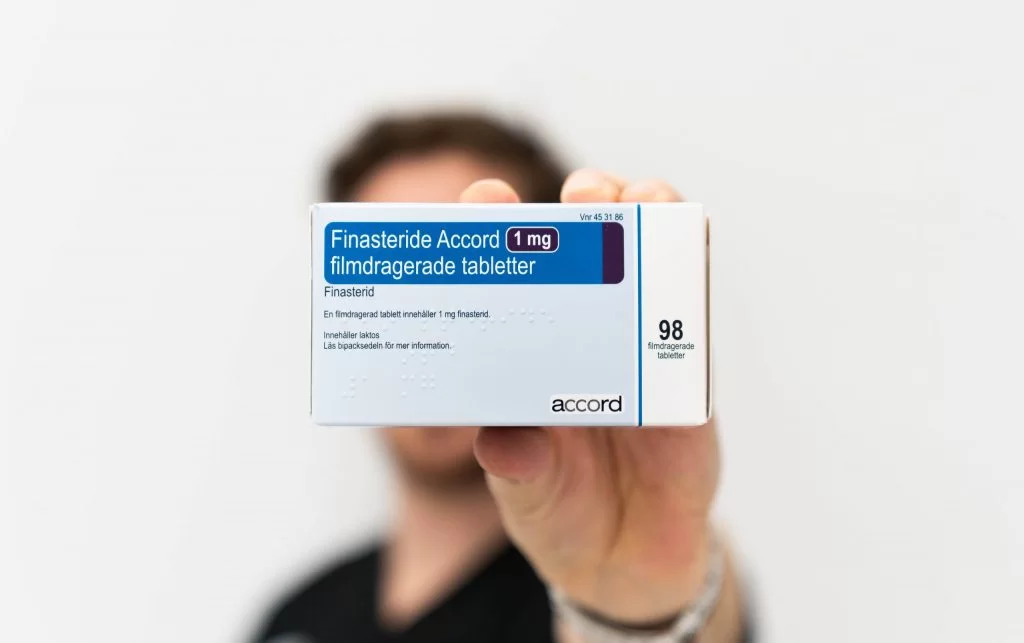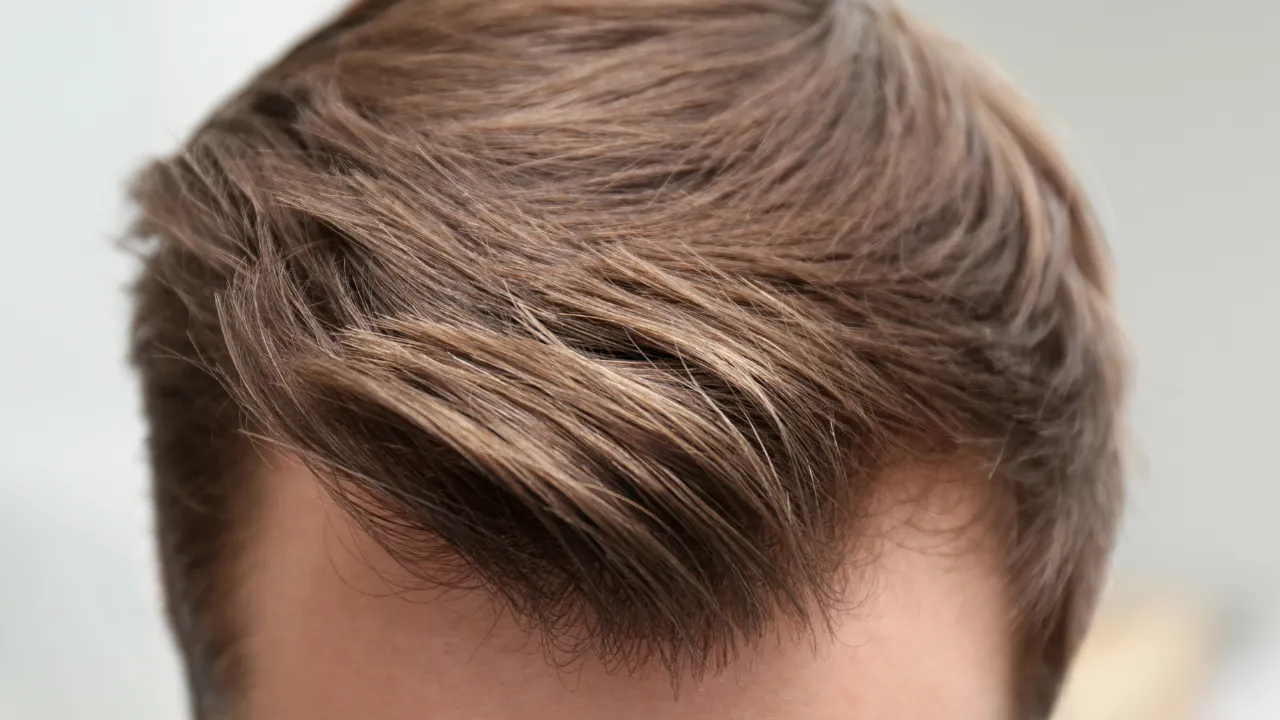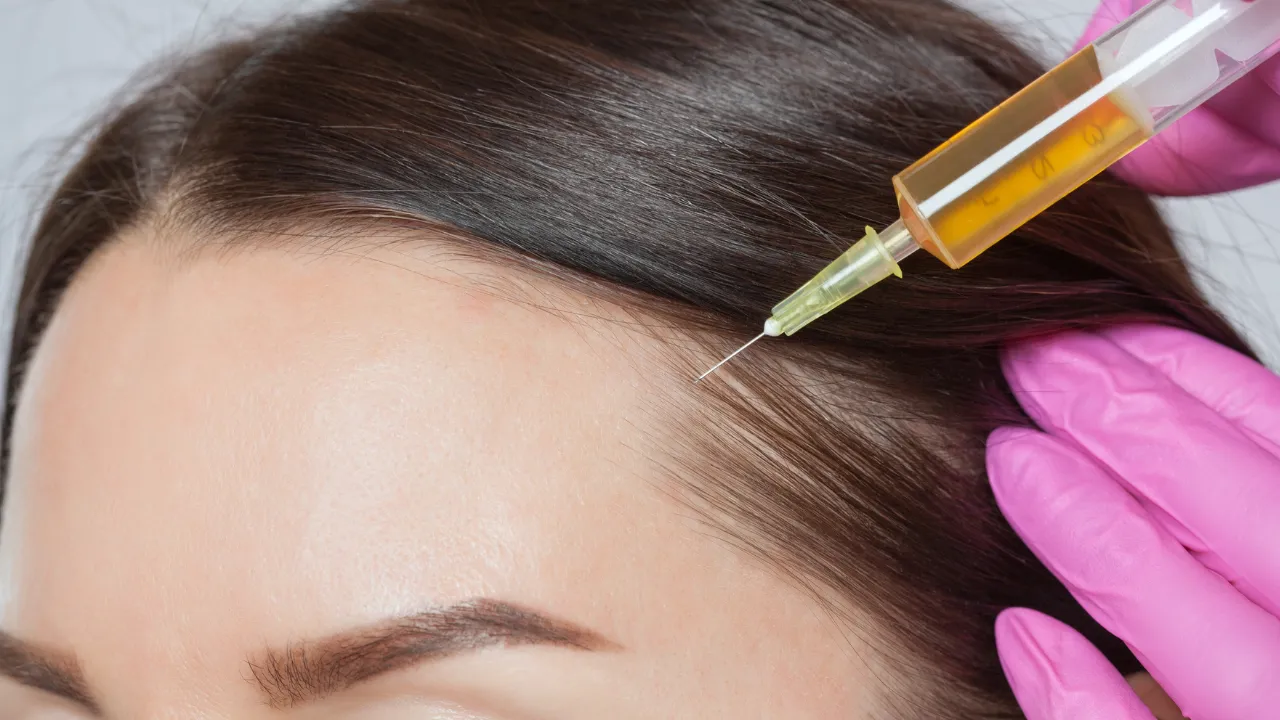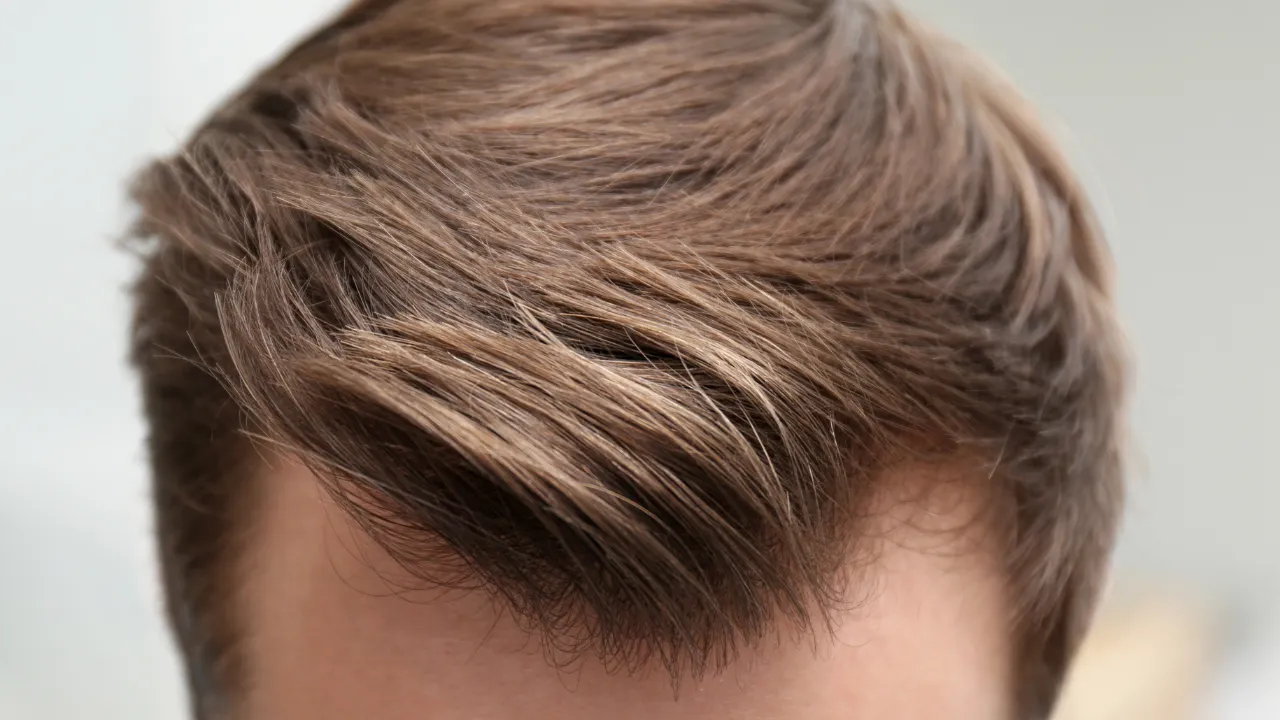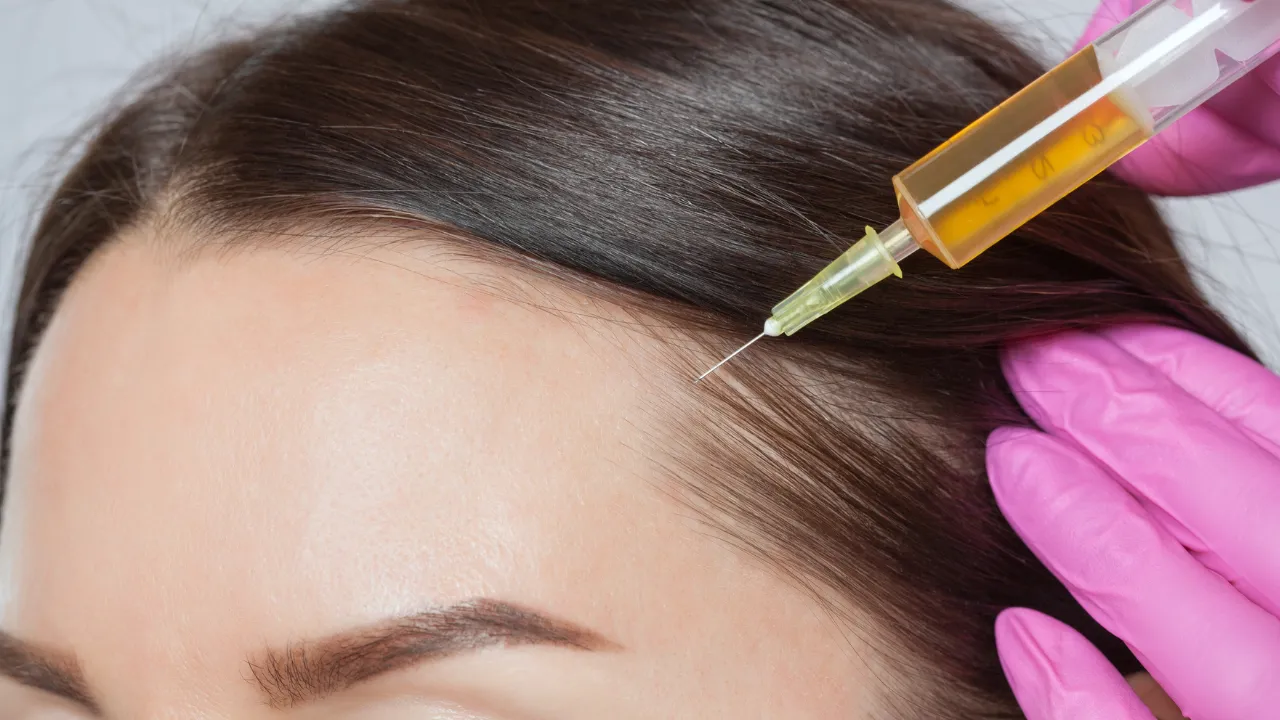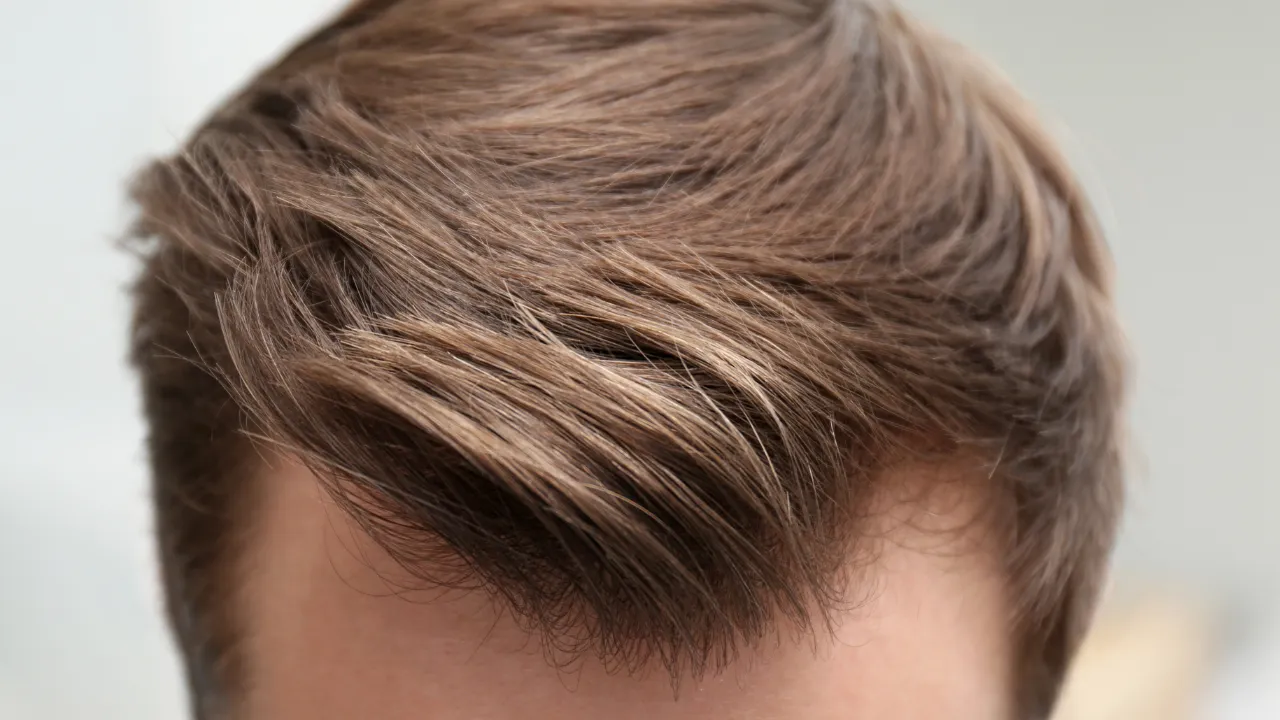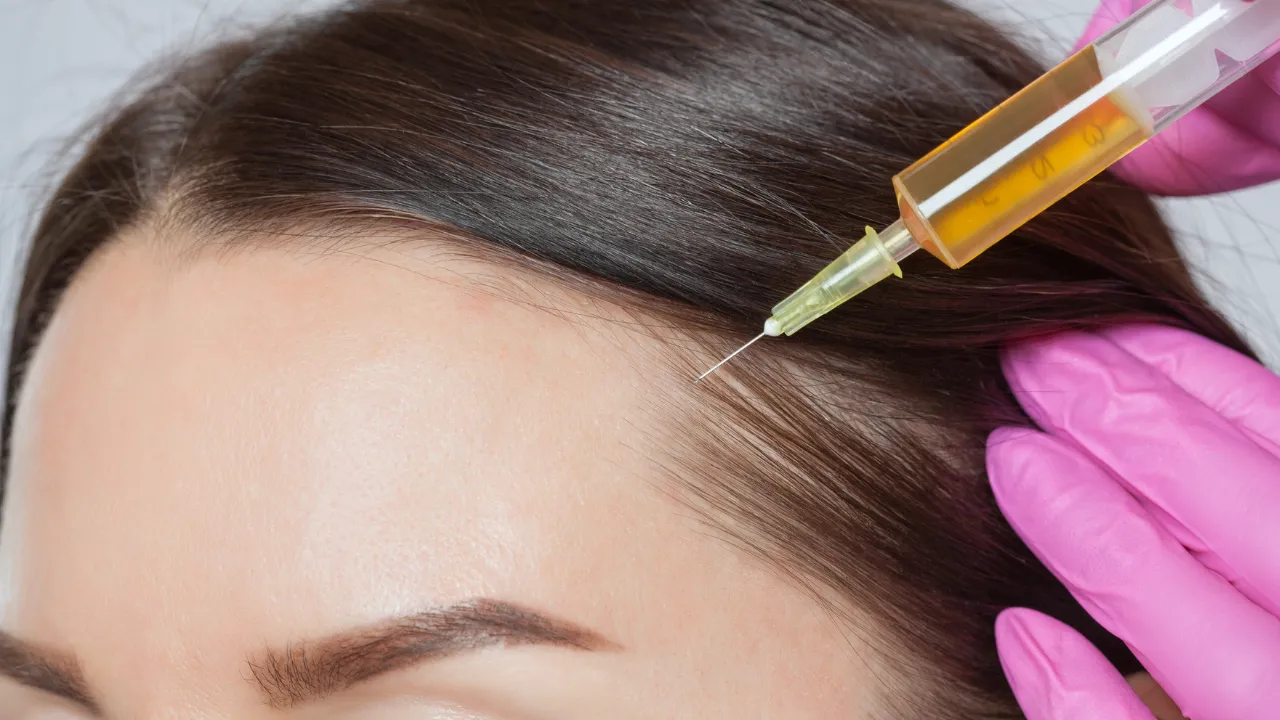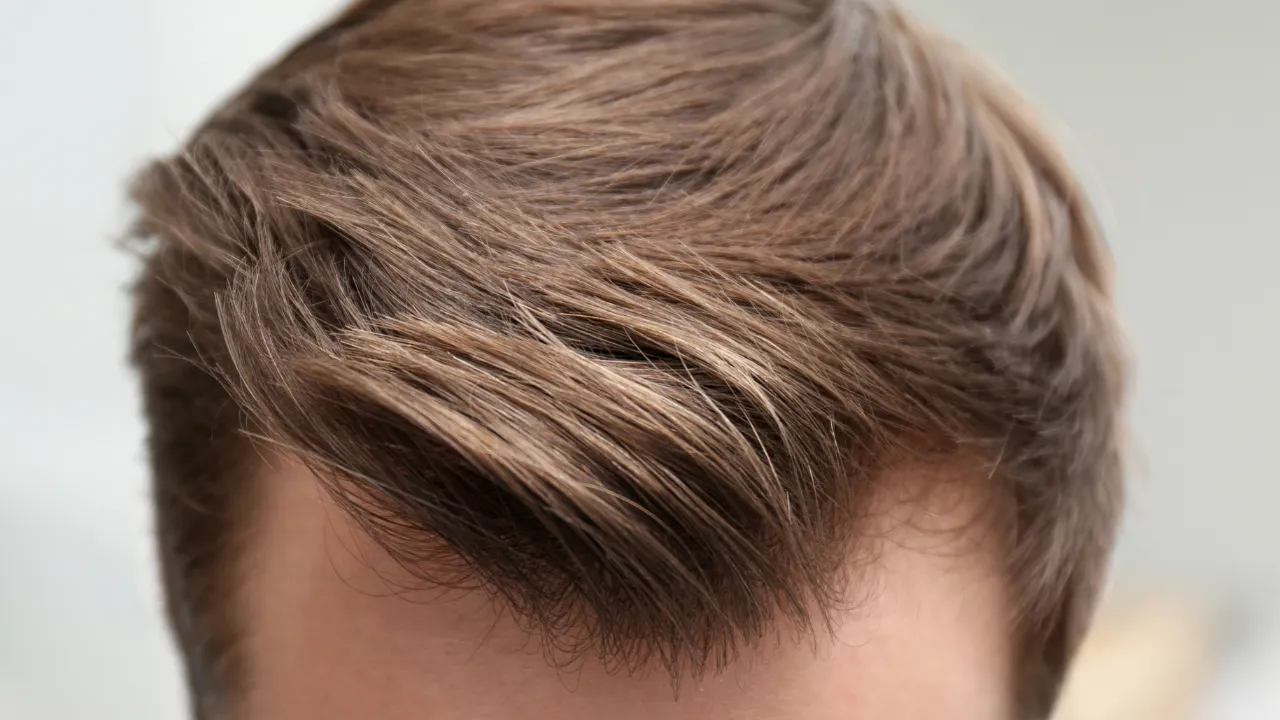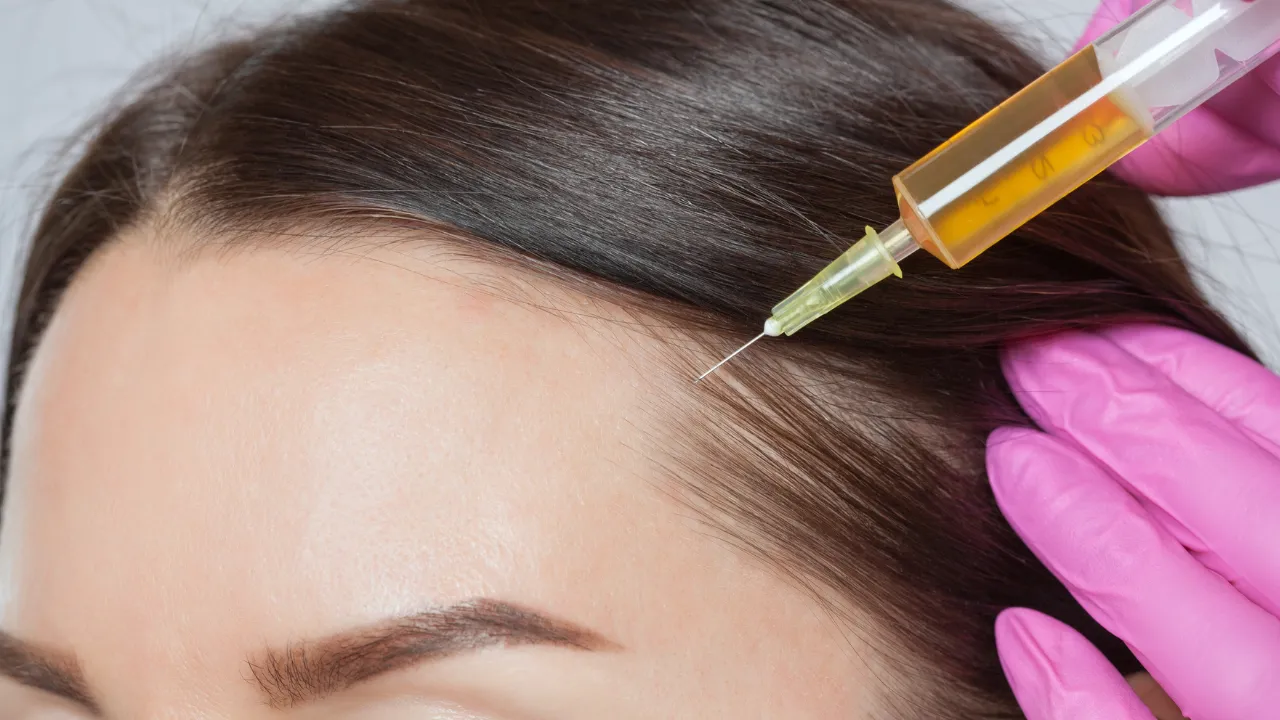Table of Contents
ToggleA stem cell hair transplant cost typically ranges between $5,000 and $15,000 in the United States, depending on clinic location, the extent of hair loss, and the number of sessions required.
At Kopelman Hair, patients receive guidance on pricing, expectations, and planning. This overview explains key cost factors, treatment suitability, and recovery insights rooted in regenerative medicine while supporting a gradual increase in hair density.
Key Takeaways
- Stem cell hair transplant cost varies based on clinic location, severity, sessions, and add-on therapies.
- Results develop gradually and may require touch-ups to support density.
- The treatment works best when follicles are active.
- Recovery is shorter than traditional surgery with minimal downtime.
- Choosing qualified providers improves safety and predictability.
How much is a stem cell hair transplant?
The average stem cell hair treatment price in the United States ranges from $5,000 to $15,000, depending on the treatment size, the extent of hair loss, and the provider’s experience. Insurance does not cover this cosmetic medical procedure. Patients should review all included services. Payment plans can improve affordability.
Additional insights on budgeting are available in this breakdown of hair treatment cost, which outlines common pricing structures and add-ons.
Typical cost brackets by clinic region
Major cities fall at the higher end, while rural areas offer lower pricing. Mid-size markets provide moderate ranges. Travel should be considered.
- Rural: $4,000–$8,000
- Mid-size: $6,000–$12,000
- Major metro: $8,000–$15,000
Session count and total cost forecasting
Some patients add sessions to increase density. Planning ahead supports realistic budgets. Multi-session packages may reduce overall cost.
- 1 session: $6,000–$8,000
- 2 sessions: $11,000–$14,000
- 3 sessions: $15,000–$20,000
Factors affecting the cost of stem cell hair treatment
Number of sessions, equipment quality, and geographic location influence pricing. Provider experience also affects rates. Patients should ask what services are included.
How stem cell concentration impacts price
Higher concentration systems require specialized equipment and time. This can improve density. Patients should ask how concentration is determined.
Financing and insurance options
Financing allows monthly payments. Packages that include follow-ups simplify planning. Interest terms should be reviewed.
Cost differences by severity of hair loss
Mild thinning falls on the lower end, while severe patterns may require multiple visits. These increase pricing.
Stem cell hair transplant cost USA
Prices vary by state due to overhead and regulation. Some travel to access qualified clinics. Travel costs should be included. Patients seeking specialized care in New York can explore local options for hair restoration in NYC to compare pricing and technology access.
Availability in the United States
Not all clinics offer stem cell hair restoration because specialized equipment is needed. Patients may visit larger markets for stem cell treatment.
Technology differences and pricing impact
Clinics with newer systems may charge more because equipment improves precision. This may reduce downtime.
Stem cell hair transplant cost near me
Searching locally reduces travel time. Competition can improve pricing. Availability differs by region.
Comparing local providers
Patients should compare experience, photos, and reviews. Transparent pricing supports trust.
What impacts local pricing
Staff experience, demand, and clinic costs influence rates. Promotions may appear in competitive areas.
Stem cell hair restoration vs traditional transplants
Stem cell hair restoration cost is often lower for early thinning because the treatment stimulates existing follicles. A traditional hair transplant moves follicles to new locations. This difference affects recovery, suitability, and overall cell hair treatment cost. You can learn more about how these methods compare in this detailed overview of stem cell vs hair transplant, which explains key differences in recovery and results.
Technique and recovery differences
Stem cell sessions require injections and limited downtime. Transplants require surgical healing and longer aftercare, making them more invasive procedures compared to injections alone.
Pros and cons of each option
Stem cell advantages include faster healing and suitability for thinning. Traditional options help severe baldness. Patients should match treatment to needs. Some patients with more advanced hair loss may also consider the minimally invasive DHI hair transplant approach, which focuses on precise follicle placement.
Downtime comparison with traditional transplants
Stem cell therapy typically allows return to normal activity within days. Surgery may require weeks and has higher scarring risk.
Does stem cell hair restoration work?
This option works when follicles remain active and can grow with support. Results vary based on health and age. Realistic expectations improve satisfaction, and the success rate depends on scalp condition and compliance.
Candidate suitability
Ideal patients have early to moderate thinning and healthy scalp conditions. Providers determine if someone is a suitable candidate for stem cell therapy based on follicle viability.
Before and after expectations
Growth appears over several months. Photos help track density improvement. Many notice subtle early changes. For a clearer picture of what to expect over time, review this hair transplant timeline that breaks down typical monthly progress.
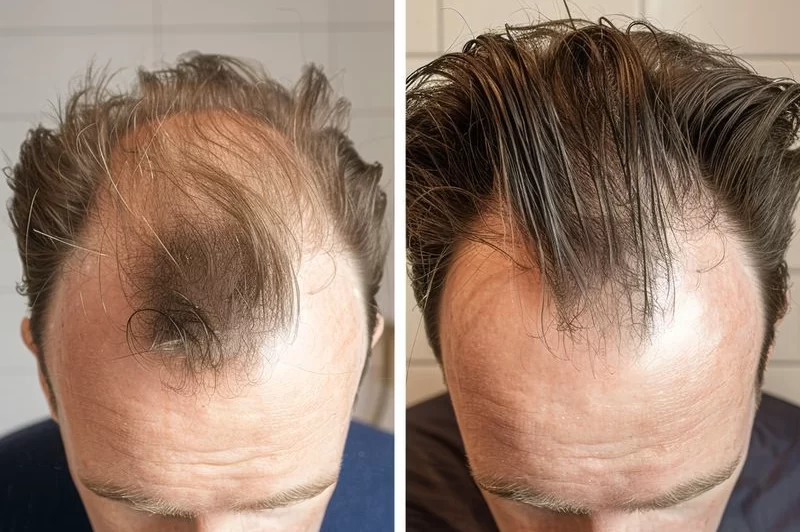
Expectation timeline overview
Density increases gradually during the first year.
- Month 3: subtle change
- Month 6: density increase
- Month 9: visible thickness
- Month 12: full effect
How long do results last?
Results may remain stable for several years. Aging and stress can influence maintenance. Touch-ups support volume.
Is a stem cell hair transplant permanent?
Treatment is not permanent because follicles age naturally. Maintenance can extend longevity.
Maintenance and touch-ups over time
Minor sessions every one or two years preserve results. Providers advise timing based on progress.
Treatment process overview
Sessions use concentrated cells from the patient, avoiding donor grafts. Procedure time is brief. The rejection risk is minimal for both men and women.
Consultation and evaluation
Medical history, pattern, and expectations are reviewed. Dr. Kopelman determines candidacy. Clear communication aligns goals and supports a personalized treatment plan.
Treatment session steps
Targeted injections place processed cells in areas of thinning. Mild discomfort is common. Follow-ups monitor outcome.
Risks, side effects, and safety
Side effects are generally mild. Infection risk is low with proper aftercare. Patients should follow clinical instructions.
When stem cell therapy may not work
Inactive follicles cannot respond. Severe baldness may need surgery or a hair transplant procedure. Honest guidance prevents disappointment.
Conditions that require caution
Scalp infections, bleeding conditions, and allergies require review. Pregnant patients should wait for clearance.
When treatment may not be recommended
Those unable to follow aftercare directions or manage follow-ups may compromise results.
How to choose a qualified clinic
Experience, reviews, and accreditation improve safety. Before-and-after photos help set expectations. Transparent communication builds trust.
Credentials to review
Board certification and specialized training improve reliability. High case volume supports skill.
Experience with stem cell therapy
Technique varies between clinics. Advanced systems and ongoing training strengthen outcomes.
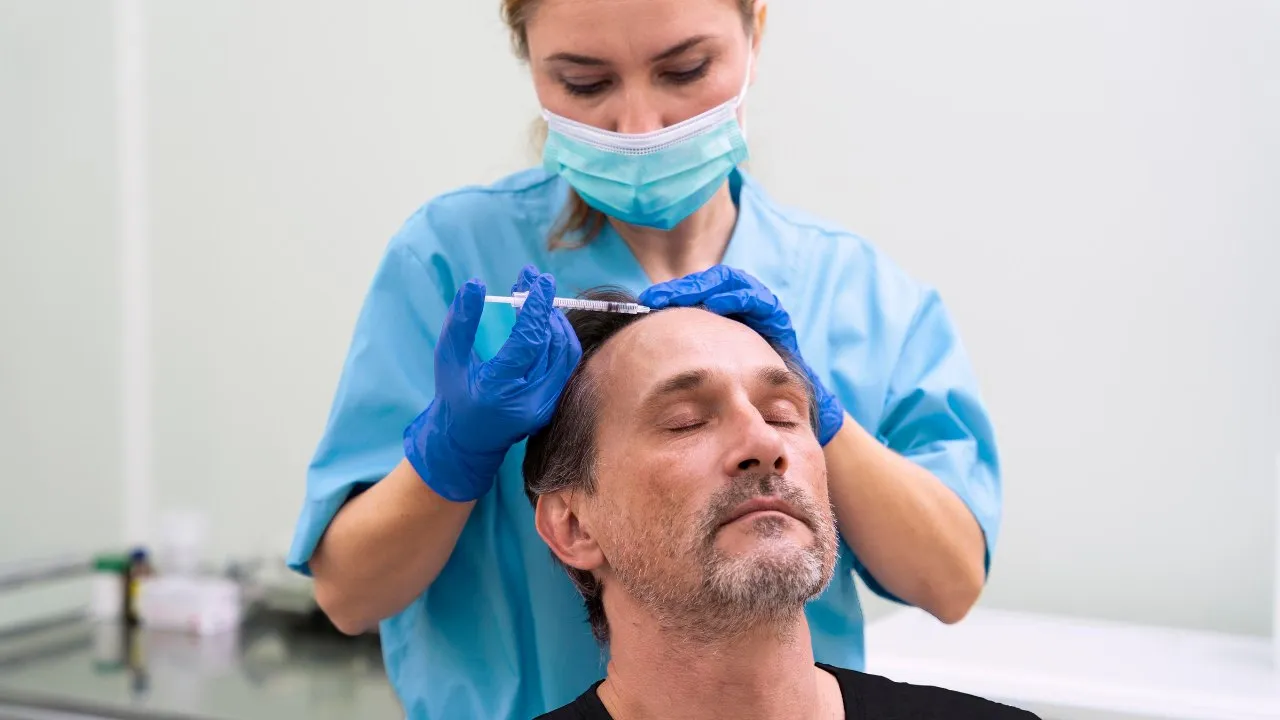
Transparent pricing practices
Itemized quotes prevent confusion. Follow-up visits may add value. Patients should compare multiple clinics.
Cost vs value
Value depends on recovery time, effectiveness, and long-term satisfaction. Skilled providers may charge more but offer safer methods.
Is a stem cell hair transplant worth it?
Yes, for early to moderate thinning where follicles are still active, because you get shorter downtime and a gradual increase in hair density. Patients at Kopelman Hair receive personalized plans to achieve suitable improvement while maintaining natural-looking results over time.
You can schedule a consultation to review your goals and receive a personalized plan. Contact Kopelman Hair to book your appointment.




